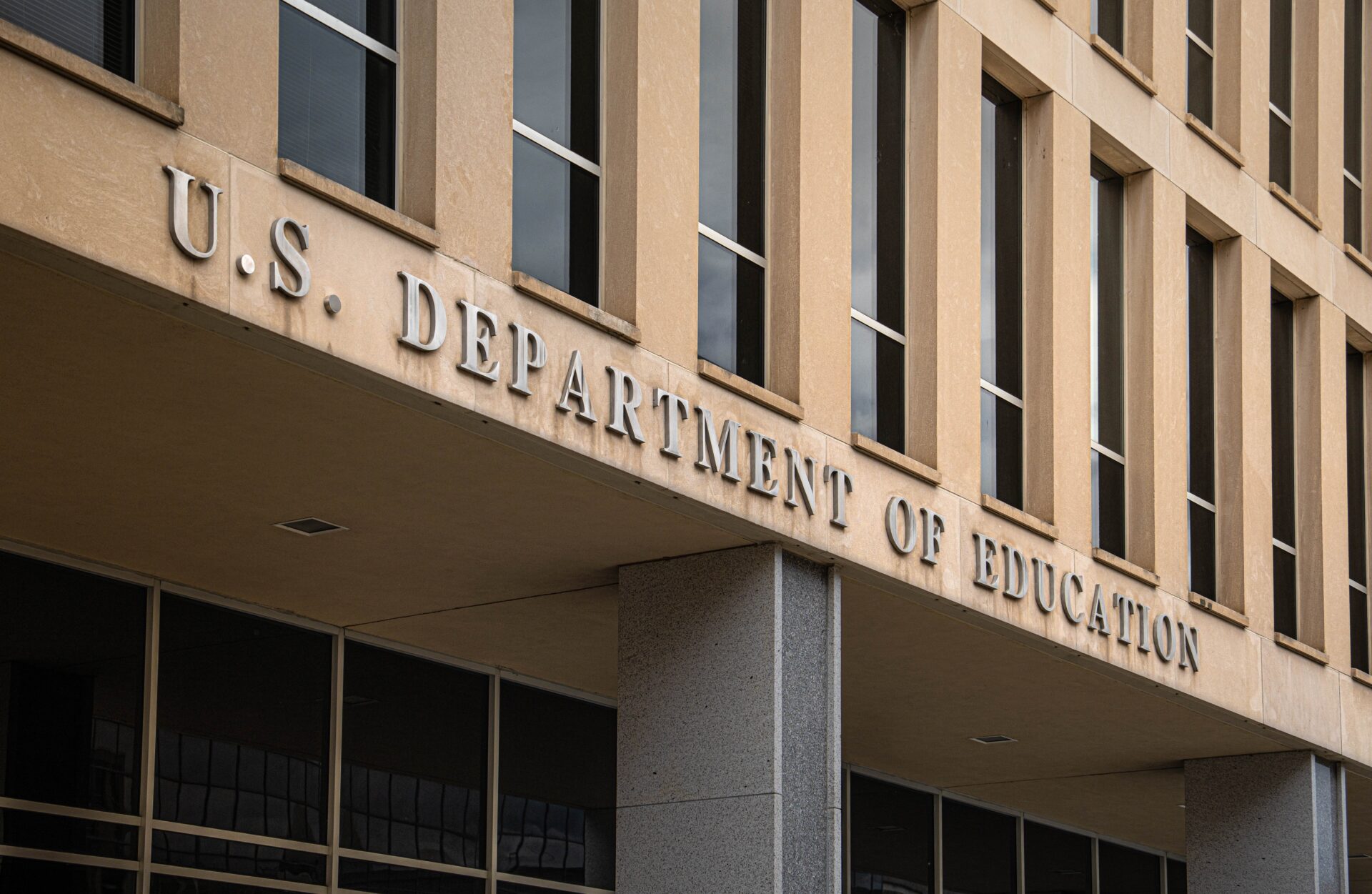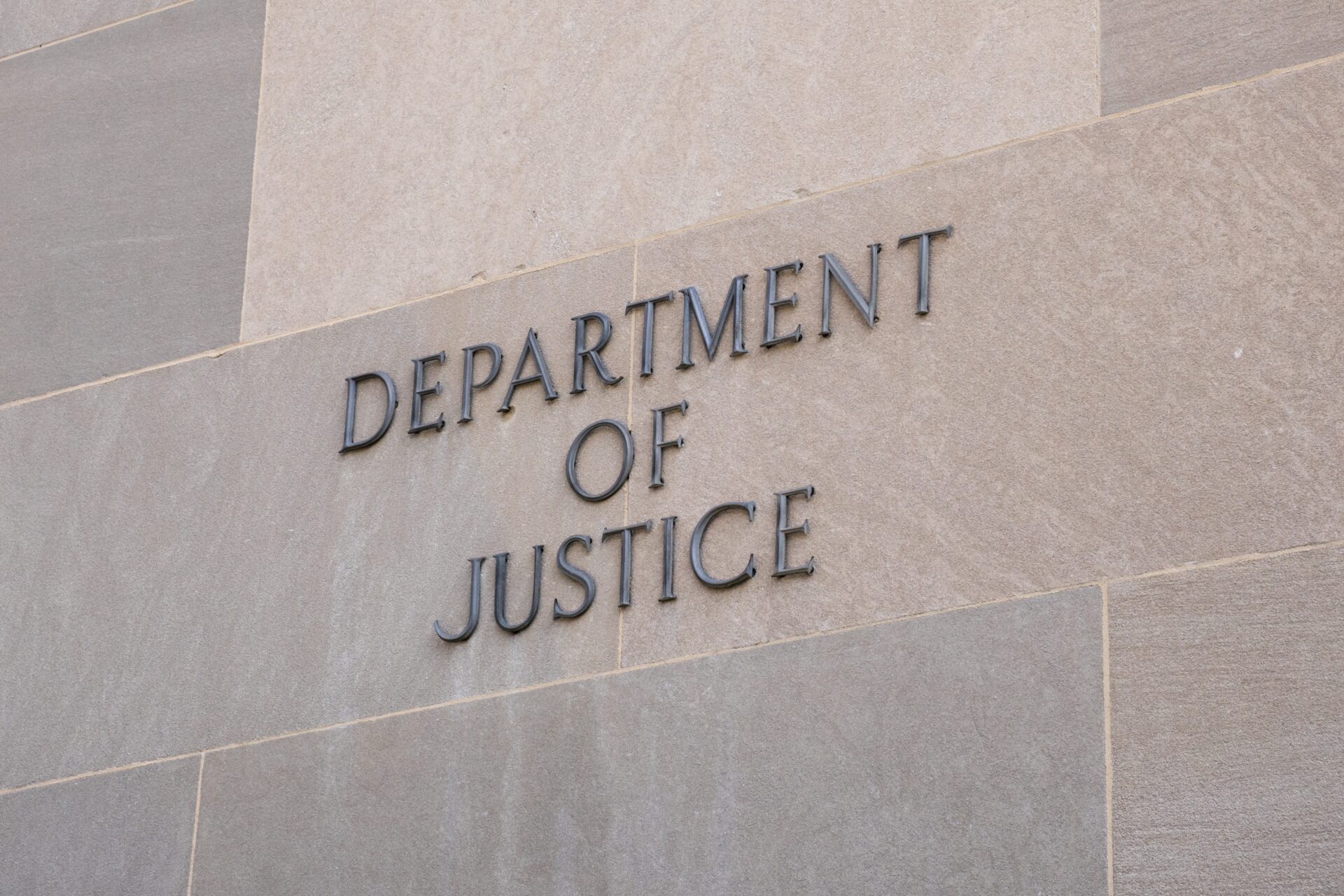
Trump’s Education Overhaul: What It Means
Trump’s aggressive push to dismantle the Department of Education signals a seismic shift in American schooling, igniting fierce debate over state control, progressive agendas, and the future of family values.
Story Snapshot
- President Trump signed sweeping executive orders returning federal education power to states and curbing progressive programs.
- Plans include dismantling the Department of Education and slashing funding for diversity initiatives and research grants.
- Legal challenges and injunctions are slowing the administration’s efforts to radically reshape K-12 and higher education.
- Conservative leaders hail the move as restoring parental and local control, while critics warn of risks to equity and oversight.
Trump’s Executive Orders Target Federal Education Power and Progressive Policies
On April 23, 2025, President Donald Trump signed seven new executive orders targeting the heart of the federal role in education. These actions aim to overhaul school discipline, advance artificial intelligence training, promote skilled trades, and dismantle perceived progressive agendas. Secretary Linda McMahon, now leading the Department of Education’s transition, emphasized that education is “fundamentally a state responsibility,” declaring that resources will bypass federal bureaucracy, empowering states and parents to chart their own course. The orders also prioritize workforce development, apprenticeships, and support for Historically Black Colleges and Universities, but signal an aggressive move away from federal oversight of controversial diversity and social justice initiatives.
The administration’s policy to return power over education to states marks a historic reversal of decades of centralization in Washington. McMahon’s statement clarified that closing the Department of Education does not mean cutting off essential funding, but rather removing layers of federal red tape and progressive experiments. Teachers are promised relief from burdensome regulations, with a renewed focus on “basic subjects” and local priorities. Taxpayers, according to the administration, will no longer foot the bill for “woke agendas” or programs seen as obsolete and wasteful. This approach appeals to many conservatives who have long argued that federal involvement has eroded family values, local autonomy, and the quality of American education.
Absolutely 💯
Rationale and Context: Education Secretary Linda McMahon described the cuts as targeting "bureaucratic bloat" to redirect resources to states, students, and essential programs like Pell Grants, student loans, and special needs funding. This fulfills Trump's… pic.twitter.com/4JaNCJslob— PapDaddyRetired (@PReired43252) September 22, 2025
Legal Battles and Challenges Slow Radical Education Reshaping
Despite White House optimism, Trump’s orders face robust legal resistance. Since January 2025, federal judges have issued multiple injunctions halting key parts of the administration’s agenda, including attempts to withhold funding from schools supporting diversity, equity, and inclusion (DEI) or recognizing transgender students’ rights. The administration’s directive to dismantle the Department of Education and restrict federal funding for progressive policies has sparked lawsuits from education associations, universities, and advocacy groups. Litigation trackers show that these cases are winding through courts nationwide, creating uncertainty for state and local education leaders and slowing the pace of change. Critics argue that many executive actions overreach presidential authority, risking harm to vulnerable student populations and undermining oversight.
Other executive actions, such as freezing grants and contracts to major research universities and slashing discretionary funding, have drawn condemnation from higher education leaders. The push to shift accreditation rules and roll back student protections has alarmed advocates for college access and fairness. While the Trump administration frames these moves as restoring meritocracy and reducing government waste, opponents warn that dismantling oversight could increase inequality and reduce transparency in admissions, financial aid, and civil rights enforcement.
Conservative Support and Liberal Criticism Reflect Deep Divide
Conservatives and Trump supporters largely view these reforms as overdue victories for parental rights, local control, and common-sense education. The rollback of federal mandates on curriculum, discipline, and social agendas is seen as a repudiation of “woke” experiments and a reassertion of traditional values. Proponents argue that empowering states and communities will yield better educational outcomes, strengthen families, and protect constitutional principles such as freedom of association and religious liberty.
Liberal critics, education advocates, and some judicial authorities counter that these changes threaten equity, accountability, and the safety of marginalized students. The legal battles highlight a nation deeply divided over the role of government, the meaning of fairness, and the future of American schools. As Trump’s administration navigates court challenges and mounting public debate, the fate of federal education policy—and the values shaping the next generation—hangs in the balance.
Watch the report: The Future of Education: President Trump signs executive order to implement AI in K-12 schools
Sources:
Trump signs seven more executive orders impacting K-12 … – EdNC
Statement on President Trump’s Executive Order to Return Power …
The status of litigation against the Trump administration’s K-12 …
Higher Education & The Trump Administration


